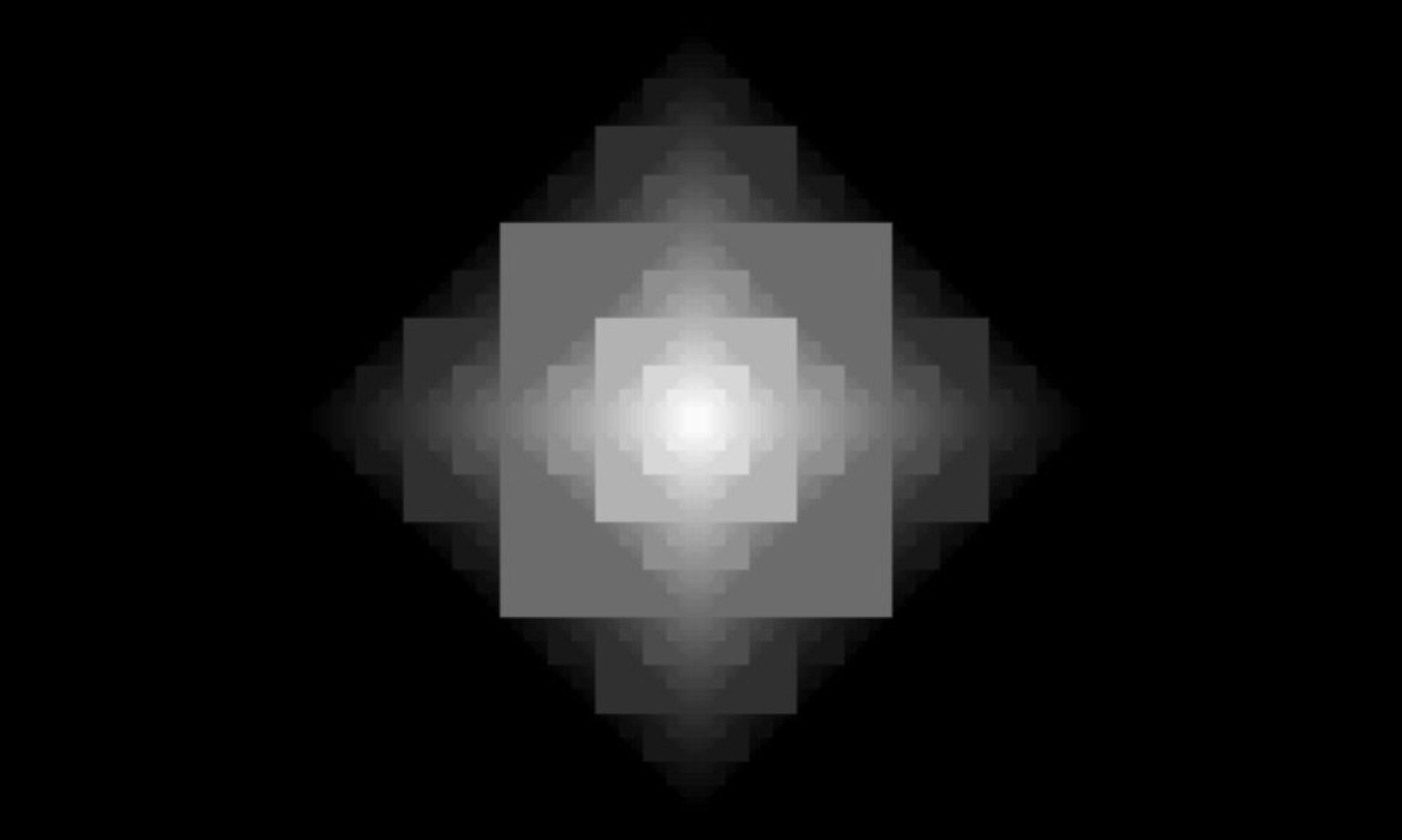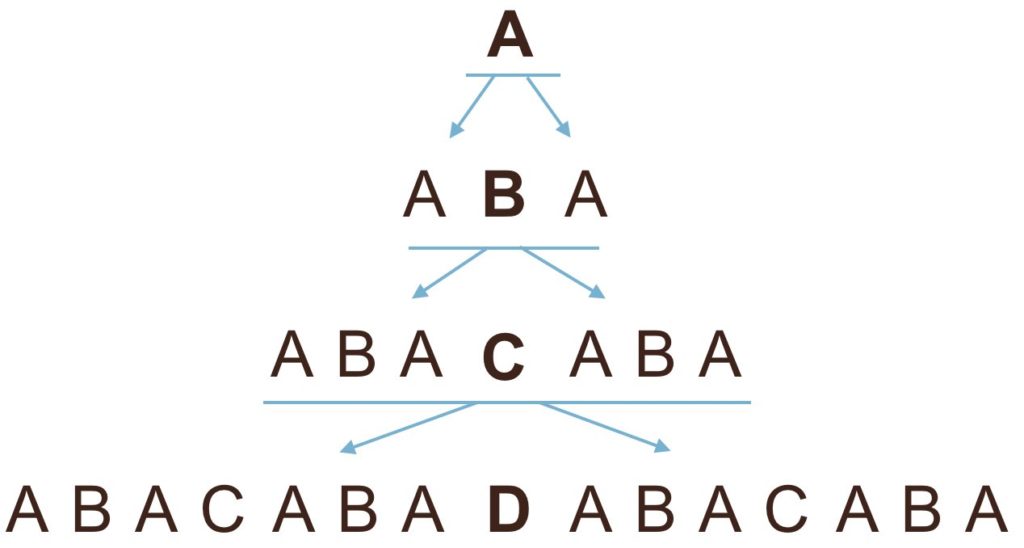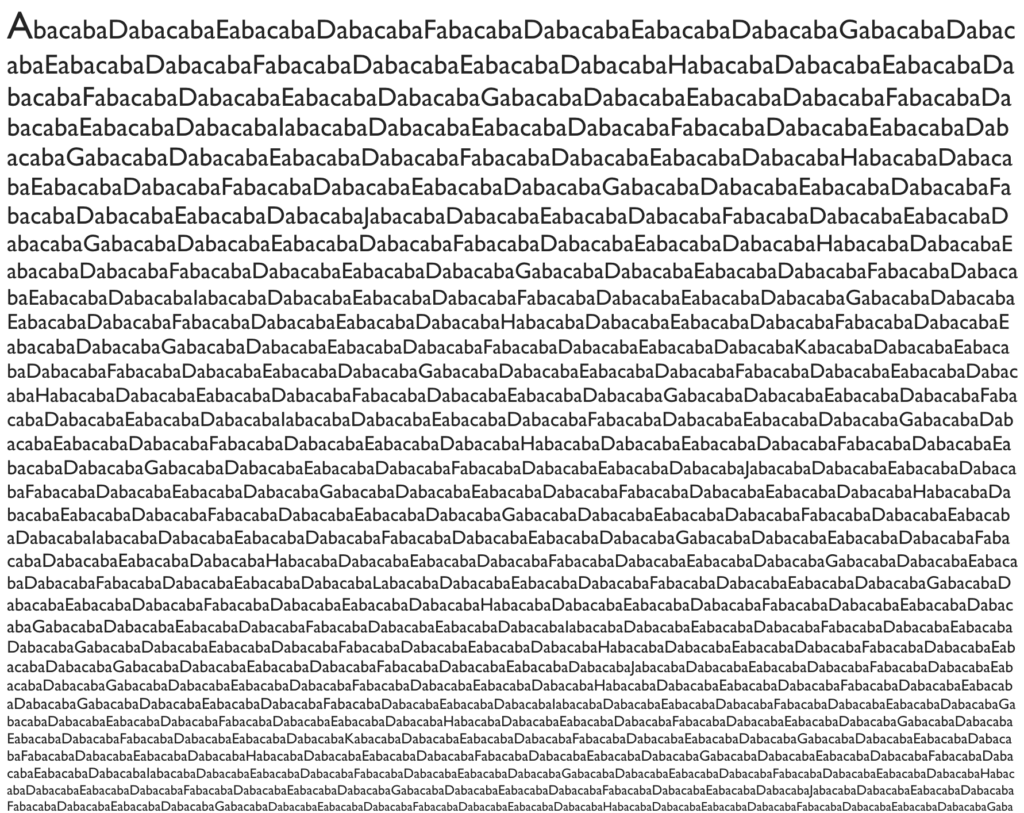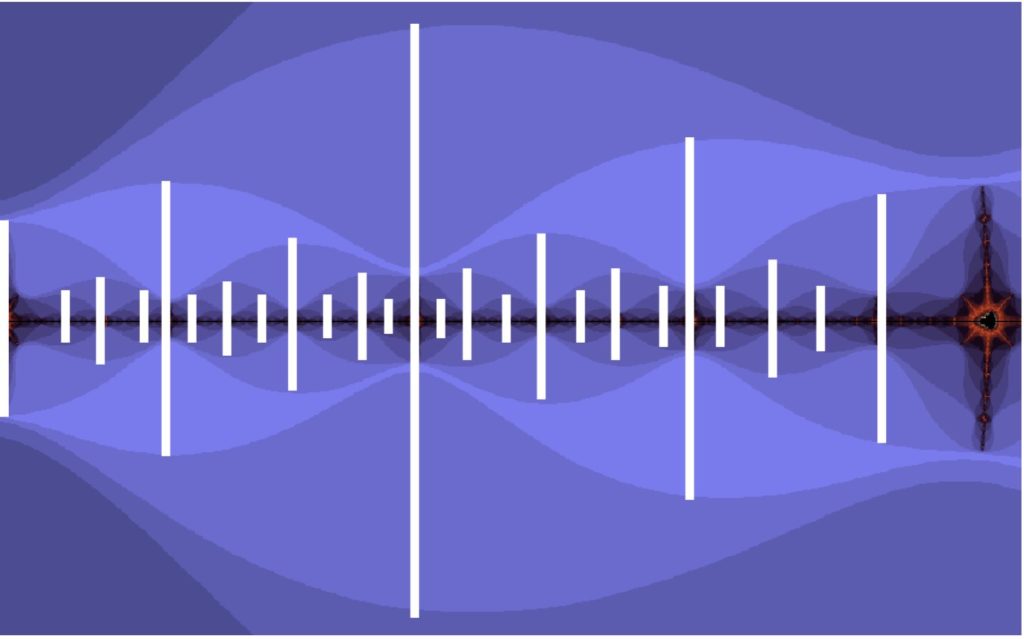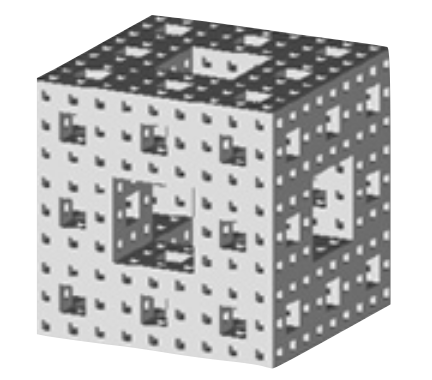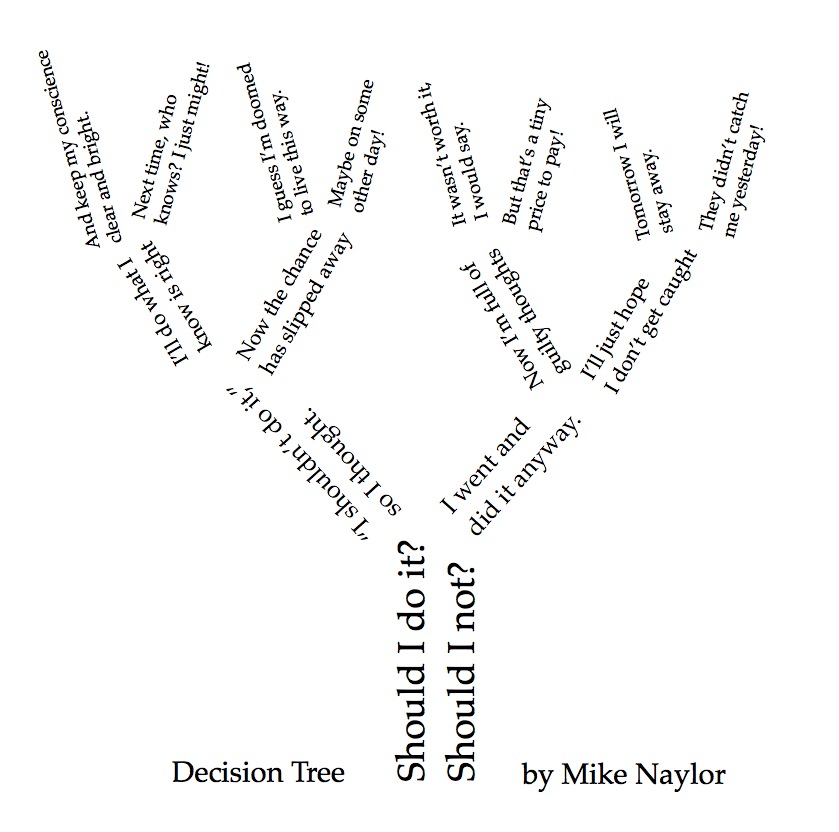Abacabax is the new fantasy novel inspired by the Abacaba-pattern. The world is built on a 3d Abacaba-fractal, and the story is filled with structures and themes that arise from the pattern.
www.abacabax.com
Synopsis
Max Teller is on the run for his life on Abacabax, a world of incredible patterns, danger and beauty that stands on the brink of destruction. Four families, each with unique abilities, are locked in a struggle for power and revenge while dark creatures have united with deadly purpose. Max is lost and alone, not knowing whom to trust and unable to awaken the powers that everyone assumes he has. Armed only with a broken abacus and his unconventional imagination, he must make unlikely allies and battle the growing awareness that he may be the one destined to destroy the world.
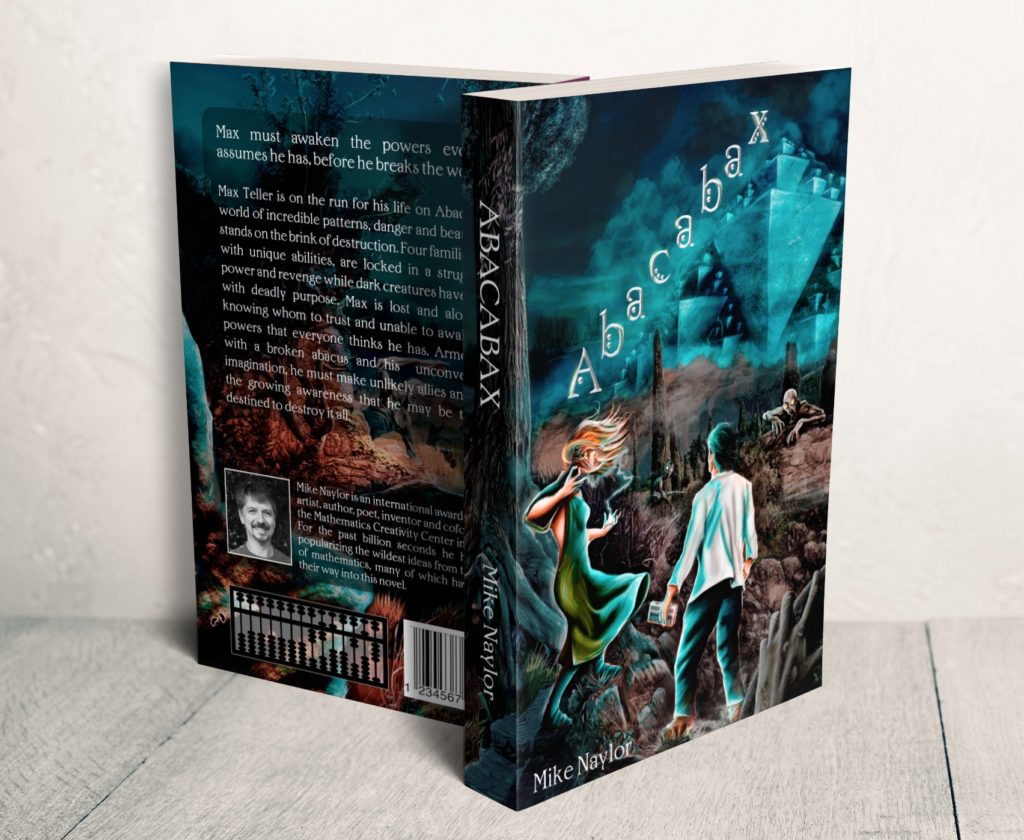
What they’re saying
“A fascinating story, well written and interesting. I wish it was twice as long. Recommended to anyone with an imagination and mandatory to those with an imagination and an affinity for numbers, systems and maths in general.” – goodreads
“This was a very interesting, exciting and capturing book to read. Something totally different from books in this genre that I have read before. From start to end you are taken in to a world of beauty, magic and mathematics. It is filled with strange, strong characters with different abilities, using their powers for the good and the bad. It is playful, scary, fun and with a lot of surprises. A stunning, breathtaking adventure. A real page-turner – I couldn’t put it down!” – goodreads
“I truly enjoyed reading this book. It is not only exciting… it inspired me to learn more about mathematics. The reader does not need to know much about math or even like it in order to become captivated by the story – and bewitched by the power of math or the power of recognizing patterns behind the surface … in everything from nature, the landscape, and the tools used by its inhabitants, to the hieroglyphics and the music. Abacabax seduces the reader to see the beauty and similarity behind different forms … Having read Abacabax, I bought myself an abacus for playing with numbers in a new way.” – amazon.co.uk
Available now
Paperback, 370 pages. Includes chapter illustrations, maps and addenda detailing the reckoning methods of the four families. Learn to reckon like a Dijin, Bone-Thrower, Calculist and Abacist!
Available now on Amazon in both paperbook and eBook format.
Click here to go to Amazon UK
